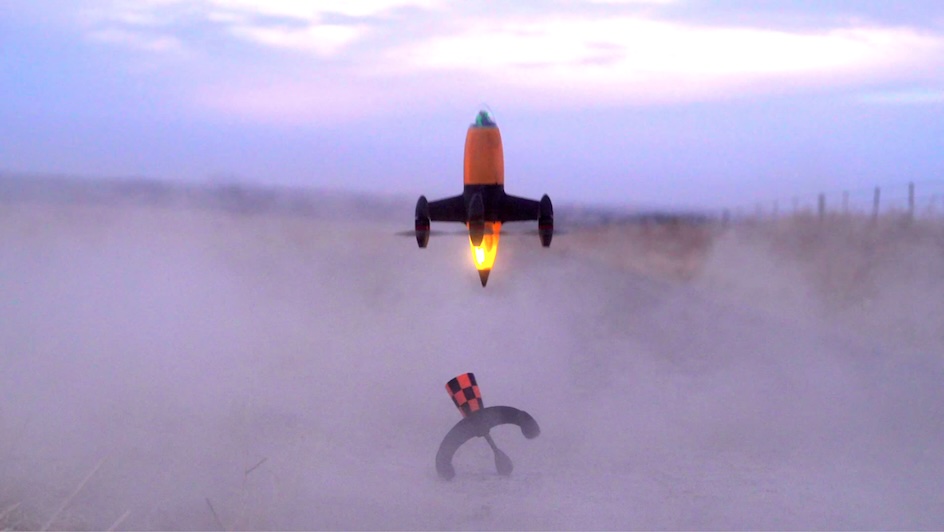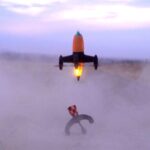#ThrowbackThursday – 15 December

As the Bahaya proverb goes, “We work on the surface, the depths are a mystery.”
From space and air to land and sea, we are all part of a system so complex, so covert and so wondrous, that we have yet to delve deeper beyond what we already know. While some mysteries are waiting to be solved, others will probably remain unanswered until the end of time – whether or not that is a good thing is a mystery in itself!
On that note, here are three events that went down in history on 15 December:
1612 – Another Galaxy (Not So) Far, Far Away
Our universe is an ongoing mystery. Each day, scientists and astronomers seek to decipher its clues one atom at a time. One such astronomer in 1612 was one of them, but instead of an atom, he discovered a whole GALAXY.
Simon Marius of Germany can claim credit for discovering the Andromeda Galaxy, the nearest large spiral galaxy to the Milky Way, by way of a telescope. Upon seeing Andromeda – named after the wife of Greek hero Perseus – for the first time, Marius likened it to a “flame of a candle seen through horn.”
Located 2.5 million light years away from Earth, humans are able to see it with the naked eye, albeit as a cloudy smudge in the night sky. As such, using telescopes (or binoculars) is the best way to gaze upon its brilliance.
1944 – Where in the World is Glenn Miller?
One of the most enduring music mysteries has to be the disappearance of US conductor, trombonist and military officer Glenn Miller.
In the late 1930s, when swing music was in fashion, Miller achieved prominence with his band, which was (appropriately enough) called “Glenn Miller and His Orchestra”. The band recorded songs such as “In The Mood”, “Moonlight Serenade” and “Chattanooga Choo Choo”, which became top-charting hits in America (and brought more than a few couples onto the dancefloor).
In 1942, a year after America officially entered World War II, Miller set aside his glittering career to apply to the US Army, ultimately joining their Army Air Forces as a captain. Then, using his musical talents, he formed the Major Glenn Miller Army Air Forces Orchestra, which consisted of civilians including his old bandmates from his old band.
The Air Forces Orchestra regularly toured around America, playing jazzy dance numbers to appreciative audiences who pledged millions of dollars towards the war effort. The band also regularly played on the “I Sustain the Wings” radio broadcast programme, which proved to be an effective morale-booster among civilians as well as American soldiers abroad.
Unfortunately, Miller never saw the end of World War II: on 15 December 1944, the 40-year-old boarded a single-engine aircraft at an airfield outside of London, England; the aircraft was destined for Paris, France, where American troops had liberated the city from Germany. The aircraft would disappear over the English Channel.
It’s surmised that the plane crashed into the Channel after being bombed. Whatever the case may be, the wreckage was never found, and, after an exhaustive search-and-rescue operation, Miller was declared dead a year and a day later.
Of course, other conspiracy theories postulate that he died in Paris in the arms of a prostitute or that he lived cheerfully into old age – such conspiracies leave more questions than answers, so the plane crash seems a more likely (and less scandalous) possibility.
1970 – Venera on Venus
The “Space Race” between the USA and the Soviet Union (USSR) heated up exponentially when the latter successfully sent a space probe to the hottest planet in the solar system.
A year after Neil Armstrong and Buzz Aldrin walked upon the surface of the moon, the USSR’s space probe – known as Venera 7 – landed on the surface of Venus. It had taken 120 days for Venera 7 to reach the fiery planet.
When Venera 7 was approximately 60km above ground, its parachute opened. This allowed for atmospheric testing to begin, whereby it was able to transmit its results back to Earth, namely that 97% of the air on Venus was carbon dioxide. Then, the parachute failed, causing Venera to hurtle towards the ground.
Despite an iffy landing, the probe managed to transit 23 minutes’ worth of weak signals and readings back to Earth before its batteries died. Upon reviewing these readings, Russian scientists were able to ascertain that Venus’ surface temperature was a scorching 475 degrees Celsius.
A triumph for the USSR (and the science of space exploration overall), they continued to fund the Venera programme until 1984. Through the programme, they were able to uncover more of Venus’ secrets, from photographing it to mapping its surface.





















